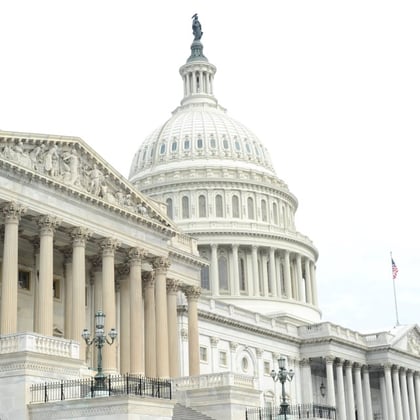What You Need to Know
- The bill would allow employers to make “matching” contributions to a 401(k) retirement plan while employees make loan payments.
- The matching contribution is a voluntary benefit that employers may elect to provide to workers.
- Workers must certify the amount of student loan repayments made in a plan year to receive the benefit.
Senate Finance Committee Chairman Ron Wyden, D-Ore., reintroduced legislation Thursday that allows employers to make “matching” contributions to a 401(k) retirement plan while their employees make student loan payments.
Under the Retirement Parity for Student Loans Act, recent college graduates who cannot afford to save money above their student loan repayments would no longer have to forgo the employer match.
“Right now, generations of Americans are struggling under the crushing burden of student debt,” Wyden said in a statement. “They are putting off buying a home, having children and saving for retirement to pay down their student loans. As the cost of higher education continues to skyrocket, so does the debt.”
The voluntary benefit that employers may elect to provide to workers applies only to repayment of student loan debt that was incurred by a worker for higher education expenses, according to a summary of the bill.
A worker must certify the amount of student loan repayments that have been made during a plan year to receive the benefit.
The rate of matching for student loans and for salary reduction contributions must be the same, the summary states.
“For example, if a 401(k) plan provides a 100% matching contribution on the first 5% of salary reduction contributions made by a worker, then a 100% matching contribution must be made for student loan repayments equal to 5% of the worker’s pay,” according to the summary.









 April 29, 2021 at 02:06 PM
April 29, 2021 at 02:06 PM











